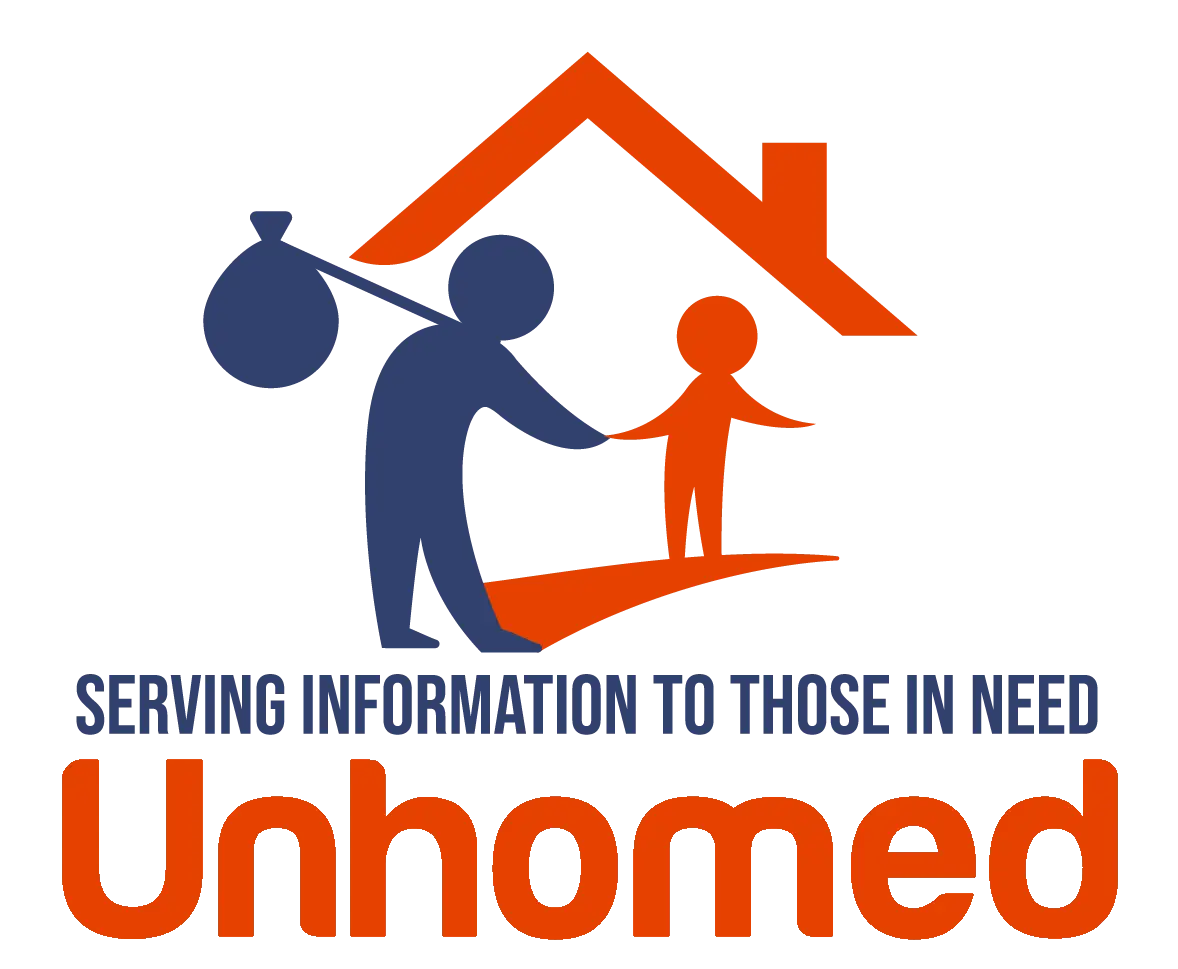Green Housing
Description
Title: Unraveling Green Housing: An Environmentally Sustainable Solution for the Homeless
Definition: Green Housing is referred to as environmentally sustainable housing that incorporates energy-efficient design, materials, and appliances to reduce the ecological footprint and lower utility costs. These measures contribute to the affordability and sustainability of housing solutions for homeless populations.
Description:
Green Housing embodies the principles of sustainability and energy-efficiency, resonating with a growing global consciousness towards conservation. It uses innovative designs, materials and appliances that are eco-friendly while minimizing energy utilization, proving to be a cost-effective solution to address homelessness. Green Housing aims to provide residential solutions that don't compromise the environment or economic feasibility.
Objectives:
- To minimize ecological footprint by utilizing energy-efficient design, materials, and appliances.
- To lower utility costs, making housing more affordable for the homeless population.
- To provide sustainable and enduring housing solutions.
- To contribute to environmental preservation through sustainable construction practices.
Mechanisms:
- Adoption of contemporary architectural designs that enhance natural light and ventilation, reducing the reliance on artificial lighting and HVAC systems.
- Application of sustainable materials that are recyclable, renewable, and have low embodied energy for construction.
- Integration of energy-efficient appliances and renewable energy systems, such as solar panels, to cut down on utility costs.
- Implementation of water-saving mechanisms, waste management, and recycling facilities within the housing projects.
Benefits:
- Decreases carbon footprint by reducing energy consumption and utilizing renewable resources.
- Makes housing financially accessible for homeless populations by reducing utility costs.
- Augments sustainability by prolonging the lifespan of the housing and mitigating damage to the environment.
- Enhances the quality of life and health of inhabitants by promoting cleaner and healthier living conditions.
Challenges:
- High upfront costs of implementing green technologies and purchasing eco-friendly materials.
- Lack of awareness and understanding about the benefits of Green Housing among decision-makers and potential inhabitants.
- Regulatory barriers and complicated permitting processes related to sustainable construction practices.
Examples:
1. Doyle Street Cohousing in Emeryville, California, is a community-oriented green housing project that incorporates energy-efficient design and appliances.
2. EcoVillage at Ithaca, New York, showcases a community-focused sustainable residential model, using locally sourced construction materials and operating on renewable energy.
Further reading:
1. "Green Affordable Housing" - Policylink. [http://www.policylink.org/sites/default/files/green-affordable-housing.pdf]
2. "The Eco-Efficient and Affordable Housing Project: Sustainable Solutions for Low-Income Housing" - International Institute for Environment and Development. [http://pubs.iied.org/10829IIED/]



